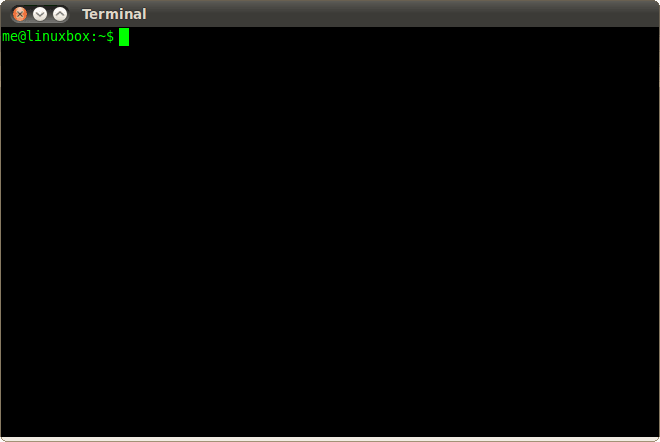23
Terminal for Grandmas
Grandma are you ready (we are not)?
Today's blog will cover the Terminal / Command Prompt / Command Line (all are effectively the same thing)
Once we go through the various terminal concepts, we feel our Grandmas might be able to challenge us in a Hackathon!
Linux Shell or Terminal
For the uninitiated, the blank screen might look intimidating; for others, a hacking device. Rest assured, the command line is an essential part of any programmer's toolset.
In Layman's term (or grandmas?), the terminal acts as an interface between the computer and the human.
To break it down further, the command line allows us to input information and read the output from the computer.
The answer can range from creating files to running apps.
For example, our grandma wanted to create a folder titled airbnb_clone.
She would input the following command in the terminal.
mkdir airbnb_cloneIf she wanted to create a file
touch airbnb.rbWhat is this black magic?
Glad you asked grandma.
Commands which get used quite often are:
pwd => print working directory
ls => list
cd => change directory (cd )
cd .. => goes back to parent directory
rm => remove a file
rm -r => remove a directory
rm -rf => force remove a directory
mv => move file_1 to file_2_location
mv => rename a file
stt / code . => open sublime text/vs code in the current folder
cat => show the content inside the file

That's how we felt the first time when we saw the various commands. Rest assured, they are not as bad as they seem.
We have learned mkdir and touch.
The beauty of the command line is that the mouse cursor doesn't work. Everything is done via commands (typing).
pwd => print working directoryIf you want to know in which directory you are in
ls => listIf you want to check all the file names in the current directory
cd => change directory (cd <folder_name>)If you wan to navigate to a different directory
cd .. => goes back to parent directoryIf you want to go back to the previous directory
rm <filename> => remove a fileIf you want to delete a file
rm -r <foldername> => remove a directoryIf you want to remove a folder
mv <file_1_location> <file_2_location> => move file_1 to file_2_locationIf you want to move a file from one directory to a different directory
mv <file_with_old_name> <file_with_new_name> => rename a fileIf you want to rename the file
stt / code . => open sublime text/vs code in the current folderIf you want to open your text editor like a bad-ass
cat <filename> => show the content inside the fileIf you want to look at the contents of the file you are currently in
Hopefully, this wasn't too much (Grandma, are you still awake?). In summary, the terminal is an essential part of the programmer's toolset. It allows implementing various actions from creating files to running programs.
The next blog will cover git and GitHub.
23

